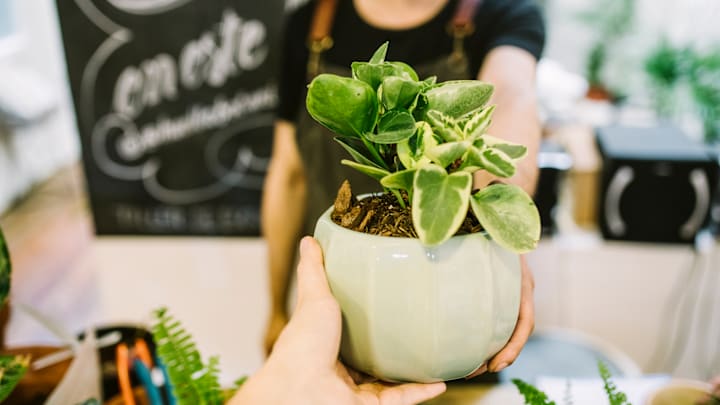For many serial plant killers, their troubles start in the nursery. It doesn't matter how much sunlight and water your new plant gets at home; if it was unhealthy to begin with, there's not much you can do to bring it back to life. Plant shopping may feel like a guessing game, but there are several signs you can look for to boost your chances of horticultural success.
No matter what plant species you're interested in, you'll want to check for signs of insects before making your purchase. In addition to hurting the plant that has been infested, insects can spread to the other houseplants in your home. When shopping for plants, check the undersides of the leaves for tiny specks. Harmful bugs come in many colors, including black, white, brown, and green. The stem of the plant is another area where insects may be hiding.
As you check the leaves for pests, take the chance to assess their overall health as well. Healthy leaves should be shiny and vibrant. Brown spots and crispy edges are signs that the specimen isn't in good health. Even if the plant you're looking at is in decent shape, seeing other plants that exhibit these symptoms in the store could indicate that they aren't being cared for properly.
After taking a pass at the leaves and the stem, the final place to check is the bottom of the pot. If you see roots poking out of the drainage holes, that means the plant is getting too big for its container and is possibly under stress. Plants that are root-bound will need to be transferred to a larger pot with fresh soil as soon as you take them home.
Taking care of something that can't tell you when it's sick may feel intimidating, but being a plant parent isn't that complicated—no matter what your track record suggests. Here are some tips for helping houseplants thrive under your care.
